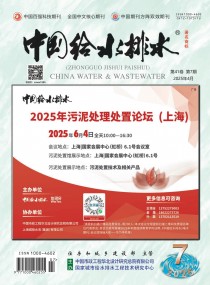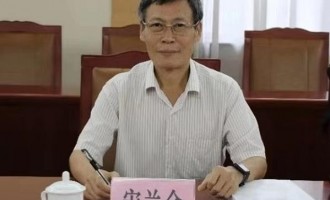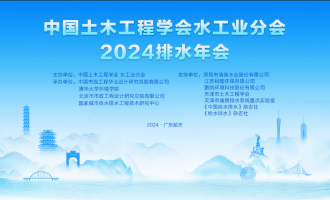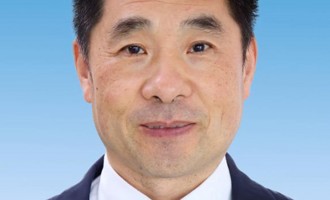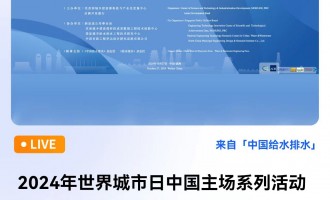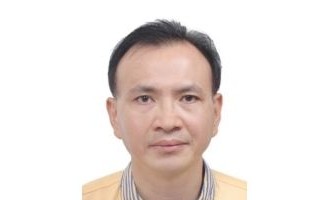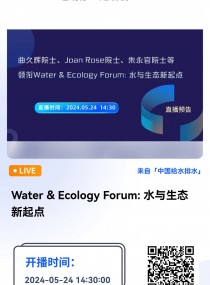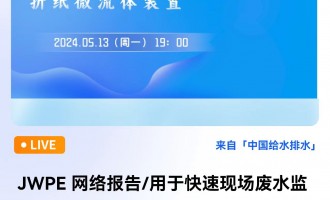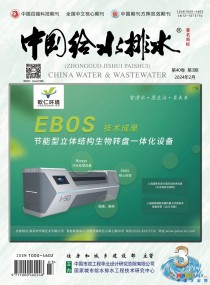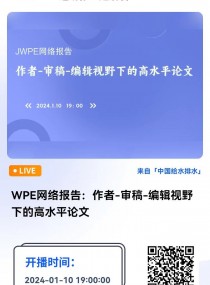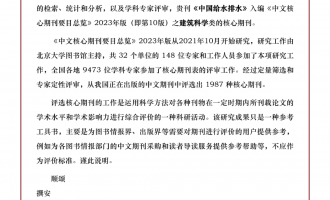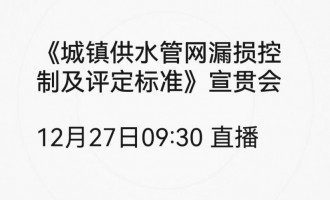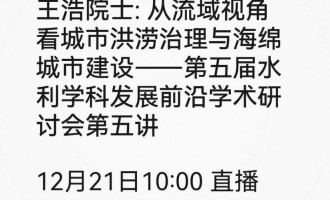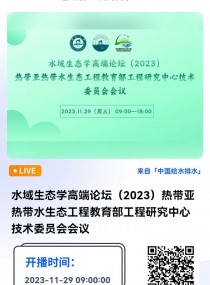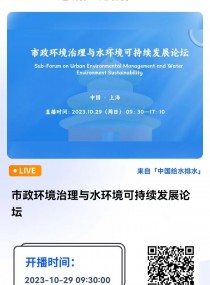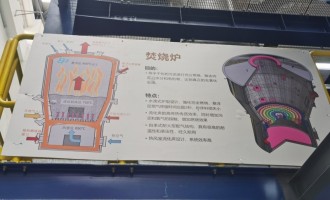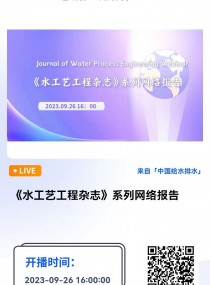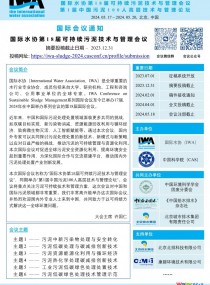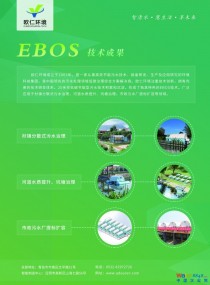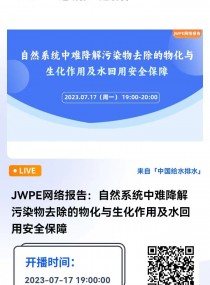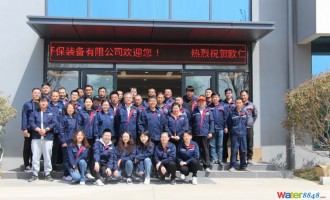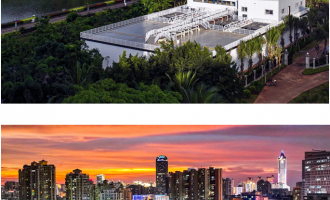Henriksdal WWTP-即将建成为世界上最大的地下MBR污水厂
Henriksdal wastewater treatment plant (WWTP) is located on the boundary between Stockholm and Nacka, approximately 2km from Slussen, Sweden. It currently serves approximately one million people in Stockholm and Huddinge, including Haninge, Nacka and Tyresö municipalities.
Operated by Stockholm Vatten (the Stockholm Water Company), the facility is one of the world's biggest underground WWTP and covers a total area of 300,000m³ with 18km of associated tunnels and a wastewater treatment capacity of roughly 250,000m³ a day. The sludge produced from the plant is treated at the neighbouring facility in Sickla.
Stockholm Vatten has proposed a major expansion and renovation for the WWTP in order to meet the city's growing population and enable the city to close down the Bromma WWTP, which is causing an obstruction to create more homes in western Stockholm. The project will enable the city to meet the effluent requirements set under the Baltic Sea Action Plan (BSAP) and EU water directive.
Integrating GE's proprietary LEAPmbr technology, the WWTP will be the world's biggest facility implementing the membrane bioreactor (MBR) technology when the project is realised in 2018. Construction works on the SKr5.94bn ($689.5m) are scheduled to start in 2016.
Henriksdal WWTP history and former expansions
Henriksdal WWTP was opened in 1941 with an initial treatment capacity of 150,000m³ a day, which increased to 300,000m³ a day in 1953. Chemical and biological treatment facilities were later incorporated into the plant's system.
"The WWTP will be the world's biggest facility implementing the membrane bioreactor (MBR) technology when the project is realised in 2018."
Executed from April 1992 to April 1997, a major expansion enabled the plant to reduce nitrogen emissions by approximately 50% and improve phosphorus treatment.
Another major reconstruction project was carried out from 2007 to 2011, which involved the construction of a new hall for rough purification and new receiving station for grease and organic waste. The project involved the blasting and excavation of 80,000m³ of rock, enabling the odour producing facilities to be reconstructed and placed underground. It facilitated the development of 3,000 new homes around Henriksdalsberget.
Facilities at Henriksdal WWTP
The plant treats wastewater using mechanical, chemical, biological and sand filtration processes following which the treated water is emptied into the Baltic Sea. The biogas produced from the plant is used as fuel in the plant's heat production system for the production of electricity and for producing biomethane for fuelling vehicles, while the produced sludge is used as a soil conditioner.
The WWTP is currently equipped with eight mechanical screens, two grit chambers with a volume of 590m³ each, two pre-aeration channels with a capacity of 260m³ each, 13 primary sedimentation tanks with a combined volume of 30,000m³, nine pumping stations to lift the primary-sedimentation to the biological stage, seven aeration tanks with a combined volume of 204,000m³ and 19,000 aerators, five aerator compressors, and 14 secondary sedimentation tanks with a combined volume of 58,000m³.
Furthermore, the plant is equipped with 12 pumps to lift the water from the biological stage to 60 sand filters, seven digesters with a combined volume of 39,000m³, a heat exchanger digester sludge, a 5,000m³ gas holder, five excess sludge centrifuges with a capacity of 50m³ a hour, two sludge tanks with a combined volume of 10,000m³, four centrifuges with a capacity of 30m³/h each for dewatering of sludge, two silos of 800m³ each for containing dewater sludge, four gas engines, three boilers and associated facilities.
Approximately 90% of the facilities at the site are located underground. The surface facilities include control centre building, mechanical treatment facilities, sludge tanks and upper parts of the sludge thickeners, digesters, gas holder, and gas collection and gas storage facilities. The plant's old ventilation chimney measuring 80m-high and 7m in diameter is currently being reinforced with concrete.
Details of the Henriksdal WWTP expansion and renovation project
A pilot project to test the MBR technology, taking into account a load equal to Stockholm's projected population in 2040, was concluded in 2014. GE's LEAPmbr technology which integrates its ZeeWeed 500 membrane is an advanced ultrafiltration technology that separates solids, bacteria and viruses from water or wastewater.
The pilot test was performed at IVL's (Swedish Environmental Research Institute) Hammarby Sjöstadsverk research facility. The positive results from the test gave further impetus to the current project. The expansion and renovation will enable the WWTP to treat 864 million litres of wastewater a day.
In addition to installing the new membrane distillation units at the Henriksdal site, the project will involve the construction of a 15km underground tunnel, bored from 30m to 90m below ground level, to divert the wastewater from Bromma to Henriksdal. A new pre-treatment facility comprised a new pump station, new coarse screening and primary sedimentation basins will also be built at Sickla.
The decommissioning of the Bromma WWTP will start following the commissioning of the revamped Henriksdal WWTP.
Contractors involved with the Swedish WWTP
The planning and design works for the reconstruction of the WWTP were performed from 2007 to 2011 by Sweco. In 2010, Mercor installed fire doors and gates at the site.
The contract to deliver the electrical solutions including telecommunications and automation solutions for the current project has been awarded to ÅF Group.
文章转载http://www.water-technology.net/
Henriksdal污水厂——即将建成为世界上最大的地下MBR污水厂
2015-05-12水进展
Henriksdal污水处理厂(污水厂)位于斯德哥尔摩和Nacka之间的边界,从Slussen约2公里,瑞典。目前大约有一百万人在斯德哥尔摩和Huddinge,包括Haninge Nacka Tyreso直辖市。
由斯德哥尔摩Vatten(斯德哥尔摩水务公司),该设施是世界上最大的地下污水厂之一,占地总面积300000 m³18公里的隧道和废水处理相关的能力约250000 m³一天。从植物处理产生的污泥在Sickla邻近设施。
斯德哥尔摩Vatten提出了一个主要的扩张和污水厂的改造,以满足不断增长的城市人口,使城市关闭Bromma污水厂,这是造成阻塞在斯德哥尔摩西部创造更多的房屋。该项目将使城市达到废水要求设置在波罗的海的行动计划(BSAP)和欧盟指令。
集成通用电气的专有LEAPmbr技术,污水厂将是世界上最大的设备实现膜生物反应器(MBR)技术项目时意识到2018年。建筑工程在SKr5.94bn(689.5美元)将在2016年开始。
Henriksdal污水厂历史和前扩张
Henriksdal污水厂成立于1941年,最初的治疗能力150000 m³一天,这一天在1953年增加到300000 m³。化学和生物处理设施后来被纳入工厂的系统。
“污水厂将世界上最大的设备实现膜生物反应器(MBR)技术项目时意识到2018年。”
从1992年4月到1997年4月,主要执行扩张使植物氮排放量减少约50%,提高磷治疗。
另一个主要的改造工程进行了从2007年到2011年,涉及建设新大厅的净化和新接收站油脂和有机废物。该项目涉及的爆破开挖80000 m³的岩石,使气味生产设施被重建并放置在地下。它推动了Henriksdalsberget周围的3000幢新房子的开发区。
设施Henriksdal污水厂
工厂把废水利用机械、化学、生物和砂过滤处理后,处理过的水倒到波罗的海。核电站产生的沼气作为燃料用于核电站的热量生产系统生产的电力和生产生物甲烷燃料汽车,而产生的污泥用作土壤改良剂。
污水厂目前配备八机械屏幕,两丸室体积为590 m³,两个pre-aeration频道容量为260 m³,13个主要沉积坦克总额达到30000 m³,九个泵站提升primary-sedimentation生物阶段,七个曝气坦克总额达到204000 m³和19000中控室内,五个增氧机压缩机,和14个二级沉降与总额达到58000 m³坦克。
此外,工厂配备了12个水泵将水从生物阶段到60砂过滤器、七与总额达到39000 m³消化器,热交换器消化池污泥,5000 m³气柜,五剩余污泥离心机的50 m³一个小时,两个污泥槽总额达到10000 m³,四个离心机的30 m³/ h的脱水污泥,两个筒仓的800 m³含有脱水污泥、4天然气发动机,三个锅炉和相关设施。
大约90%的现场设施位于地下。表面的设施包括控制中心大楼,机械处理设施,污泥的坦克和上层部分污泥增稠剂,消化器、气柜、气体收集和天然气储存设施。工厂的旧通风烟囱测量80米高,直径7米目前钢筋混凝土。
的细节Henriksdal污水厂扩建和改造项目
测试MBR技术的试点项目,考虑负载等于斯德哥尔摩人口预计在2040年,于2014年结束。通用电气的LEAPmbr技术于一体的500年ZeeWeed膜超滤技术是一种先进的分离固体,水和废水的细菌和病毒。
飞行员在执行测试IVL(瑞典环境研究院)Hammarby Sjostadsverk研究设施。积极的测试结果给进一步推动当前项目。扩建和改造将使污水厂废水处理8.64亿升的一天。
除了安装新膜蒸馏单元Henriksdal网站,该项目将包括15公里的地下隧道的建设,无聊从30米至90米低于地面,把废水从Bromma Henriksdal。新的预处理设施组成一个新的泵站,新的粗筛选和主要沉积盆地也将在Sickla建造。
的退役Bromma污水厂将开始调试后修改Henriksdal污水厂。
承包商参与瑞典污水厂
重建的规划和设计作品的污水厂进行了从2007年到2011年最忙。2010年,Mercor安装防火门和盖茨在现场。
合同交付电气解决方案包括电信和自动化解决方案当前项目被授予房颤组。










